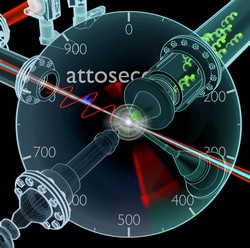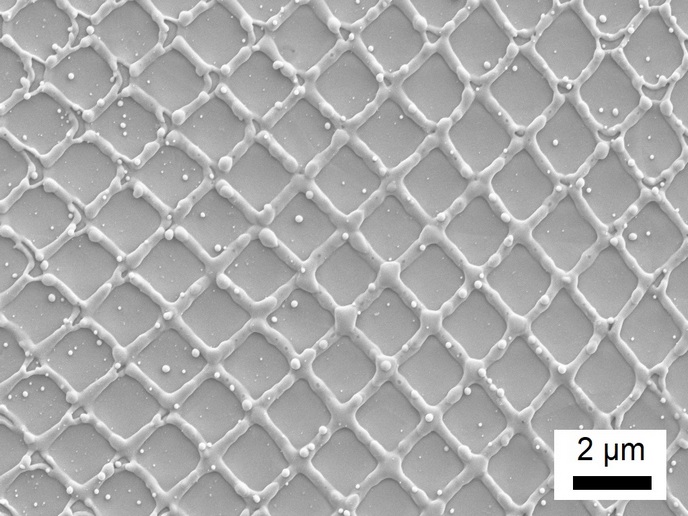X-ray spectroscopy with femtosecond and atomic resolution
Short-wavelength free-electron lasers (FELs) can produce coherent X-ray radiation with unprecedented intensity. Combining their high spatial resolution with the ultrashort duration for the needs of 4D (3D spatial plus time) characterisation of samples requires knowledge and control of both structure and length of the X-ray pulses. With EU funds of the project SIXPAC & T-REX (Single-shot X-ray pulse duration acquisition (SiXPAc) & time-resolved X-ray spectroscopy on molecules (T-ReX)), scientists have devised a way to retrieve this information. The team developed a non-invasive scheme for the characterisation of X-ray pulses with sub-femtosecond resolution. To measure the FEL pulse duration, researchers relied on near-infrared streaking spectroscopy. In this well-established technique, a near-infrared laser overlaps with the X-ray beam crossing a diluted neon gas. As gas atoms are ionised by the FEL, the generated photoelectrons are detected with a magnetic bottle electron spectrometer. The new technique allows for the first time to directly measure the duration of femtosecond X-ray pulses with a precision of a few 100 attoseconds, independent of the photon energy. A detailed description of the experimental set-up is provided in a paper(opens in new window) published in the high-impact peer-reviewed journal Nature Photonics. Thanks to awarded beam time on the Linac Coherent Light Source (LCLS), it was possible to test the technique. The LCLS, part of the SLAC National Accelerator Laboratory, is a user facility operated by Stanford University on behalf of the Department of Energy in the United States. As the world's most powerful X-ray FEL, it was the perfect place to conduct experiments. Researchers also developed a technique to measure the inherent shot-to-shot timing jitter of FEL, operating based on the stochastic self-amplified spontaneous emission principle. The technique's sub-femtosecond precision will further facilitate control of the relative timing of an ultraviolet (UV) pump pulse used to initiate molecular reactions in a sample and an X-ray probe pulse to visualise it. Having laid the groundwork, the UV pump/X-ray probe experiment at the LCLS has started. The SIXPAC & T-REX team expects to demonstrate 4D imaging of ionisation dynamics in liquid water, paving the way to a new era of investigations in biological and materials sciences.







